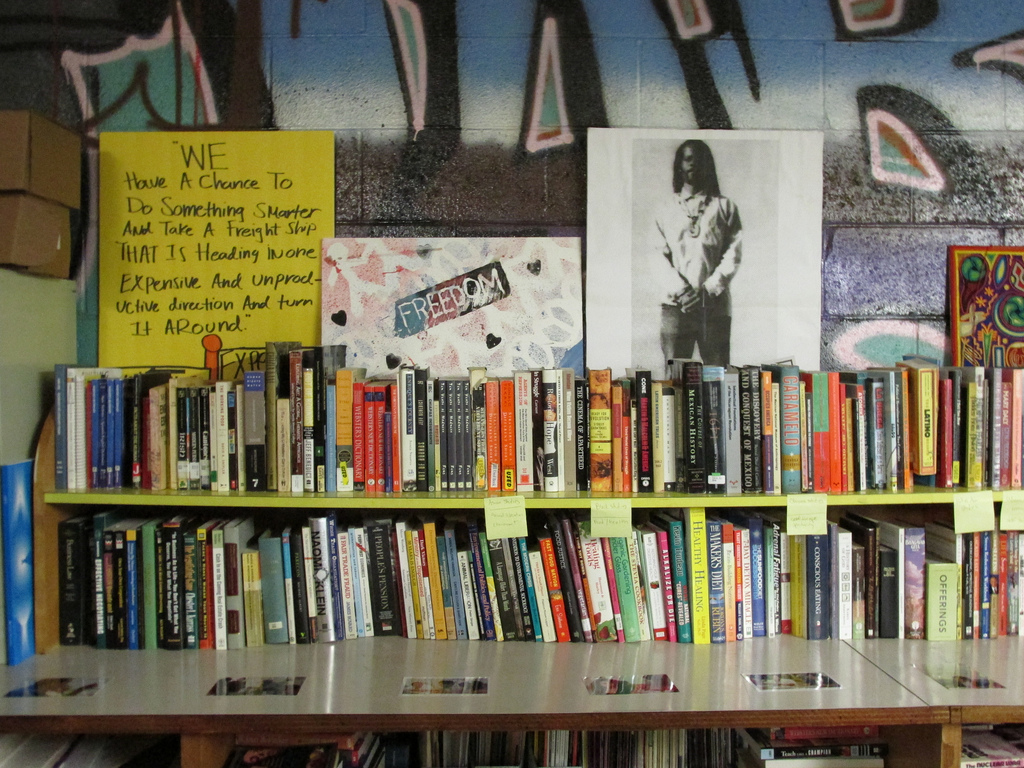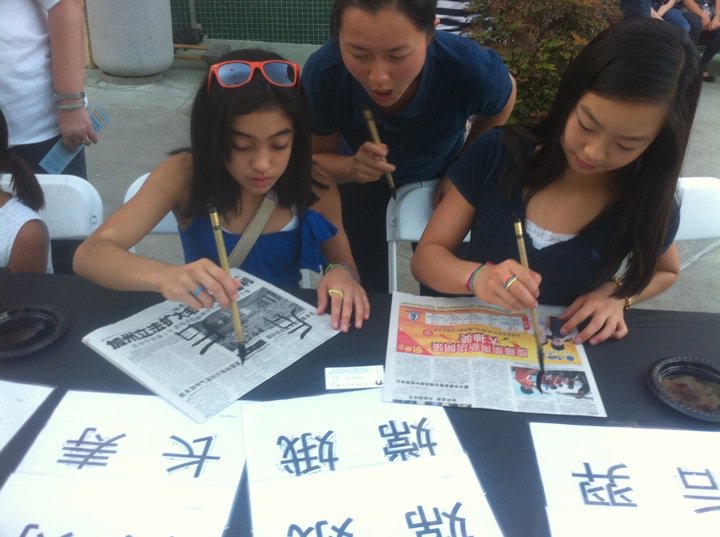By Jasmyne A. Cannick
Unless state lawmakers put forth the same effort into teaching public school students Spanish that they’ve put into English as a Second Language (ESL) for Latino students, with or without a high school diploma or college degree, black and white students will find themselves locked out of the job market for generations to come.
I am 35, educated, and like millions of other native Californians, I don’t speak Spanish. Yes, I took the mandatory state minimum one course of a foreign language to graduate from high school. I even upped the ante and took an additional year of Spanish to be eligible for admission into the California State University system. Had I known at 16-years-old that Spanish was going to become the dominant language in California, I might have stayed the course and become fluent.And that’s the story for millions of adults my age and older who now find themselves highly educated and skilled but locked out of the job market in California simply based on their inability to speak Spanish. English-speaking-only Californians are unable to qualify for the “may I take your order please?” jobs to positions as dental assistants, human resources directors, officer managers, administrative assistants, medical billers, warehouse workers, and, ironically, even for positions with labor unions or other non-profit organizations whose mission is to help the underserved in urban communities.
Now before you fire off an email to me accusing me of being anti-Latino, take a chill pill.
This isn’t a knock on the Spanish language or even the number of Latinos in California — legally or illegally — who have made Spanish seemingly the state language. This is about calling upon state lawmakers to level the playing field for students in California’s public school system who don’t speak Spanish now so that they don’t find themselves in the same position as their parents in the future—unemployable not because of a criminal background or even lack of an education—but because of their inability to converse, write, and read in Spanish. What I liken to as the new face of employment discrimination, Spanish speakers wanted only.
The fact is, if algebra, geometry, and biology weren’t courses that I had to take in high school to receive a diploma and matriculate into college, I wouldn’t have taken them. The same can probably be said for many adults looking back on their high school years. So one course of a foreign language, visual or performing art, or trade as the state mandated minimum requirement to receive a high school diploma is not preparing future generations for the local job market—let alone the global job market.
Learning how to operate an iPad isn’t going to narrow the gap between the unemployed and employed in California now or in the future unless that iPad comes with Rosetta Stone®. Requiring foreign language classes for non-Spanish speaking students beginning in kindergarten through grade 12 will narrow that gap. Be it Spanish, Korean, Chinese, American Sign Language, or some other language—if non-Spanish speaking students in our public school systems are going to have a real chance at the American dream, ironically, it starts with learning a language other than English.
Lawmakers saw the writing on the wall and adjusted policy and social programs accordingly. It’s time our public schools did the same—because English speaking only students have dreams too.
Previously a press secretary in the House of Representatives, Jasmyne A. Cannick is a native of Los Angeles and writes about the intersection of race, class, and politics. She was chosen as one of Essence Magazine’s 25 Women Shaping the World and can be found online at jasmyneonline.com. Follow her on Twitter @jasmyne and on Facebook at /jasmyne.










 Seated in a folding chair in the middle of Chinatown’s historic West Plaza, seven-year-old Aidan Garner’s short legs dangled his little feet above the ground as a concentrated expression washed over his face. He dipped a calligraphy brush almost as long as his whole arm into a bowl of black paint, and meticulously copied a series of connected lines from the paper beside him onto the newspaper in front of him. As an American-born, second-grade student, Garner had just done something that most American adults will never be able to do: he had written the Mandarin Chinese character for ‘moon cake’. As his mother looked proudly over his shoulder smiling, Garner declared, “I’m writing Chinese, it’s fun and easy!”
Seated in a folding chair in the middle of Chinatown’s historic West Plaza, seven-year-old Aidan Garner’s short legs dangled his little feet above the ground as a concentrated expression washed over his face. He dipped a calligraphy brush almost as long as his whole arm into a bowl of black paint, and meticulously copied a series of connected lines from the paper beside him onto the newspaper in front of him. As an American-born, second-grade student, Garner had just done something that most American adults will never be able to do: he had written the Mandarin Chinese character for ‘moon cake’. As his mother looked proudly over his shoulder smiling, Garner declared, “I’m writing Chinese, it’s fun and easy!”




